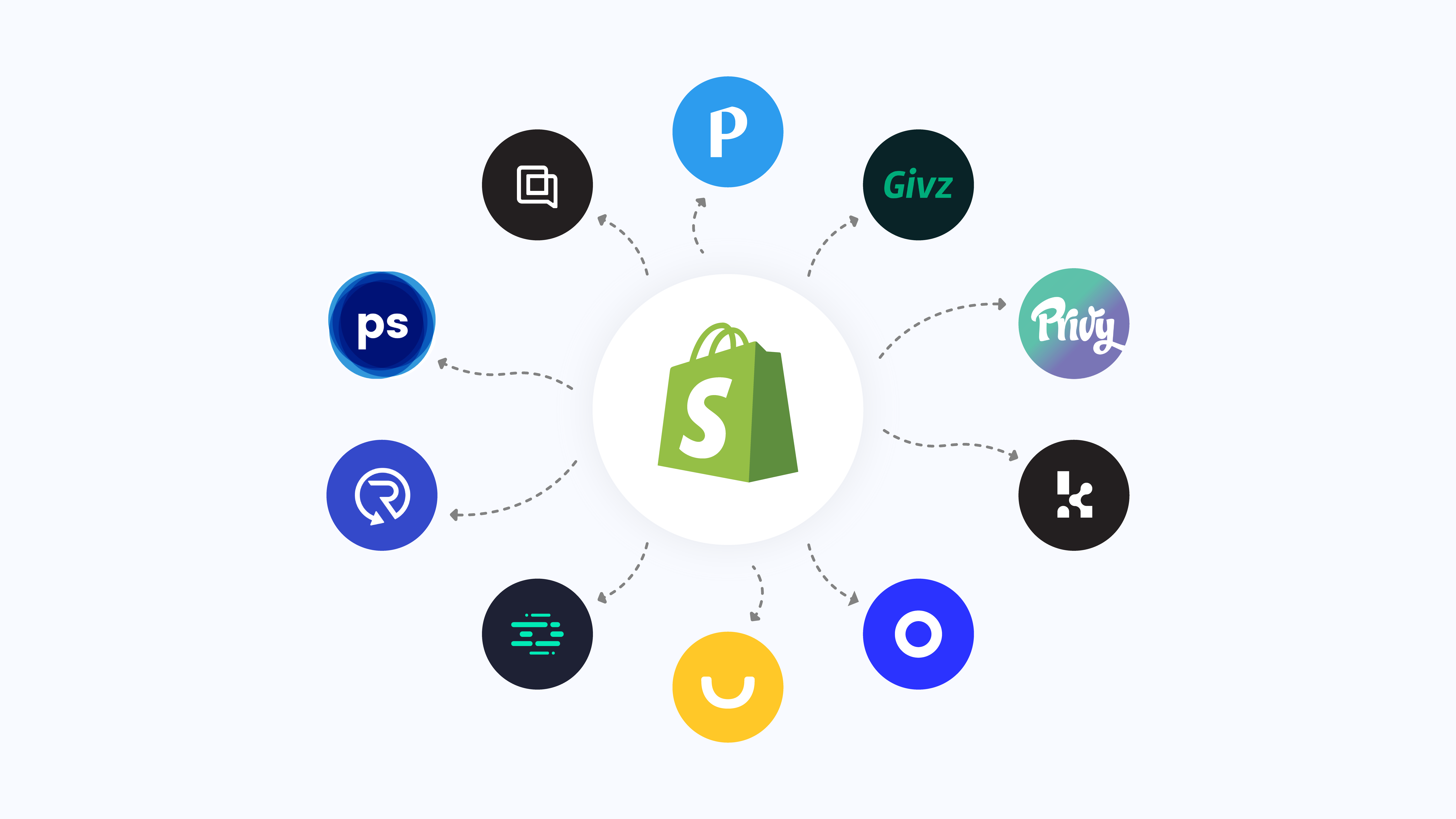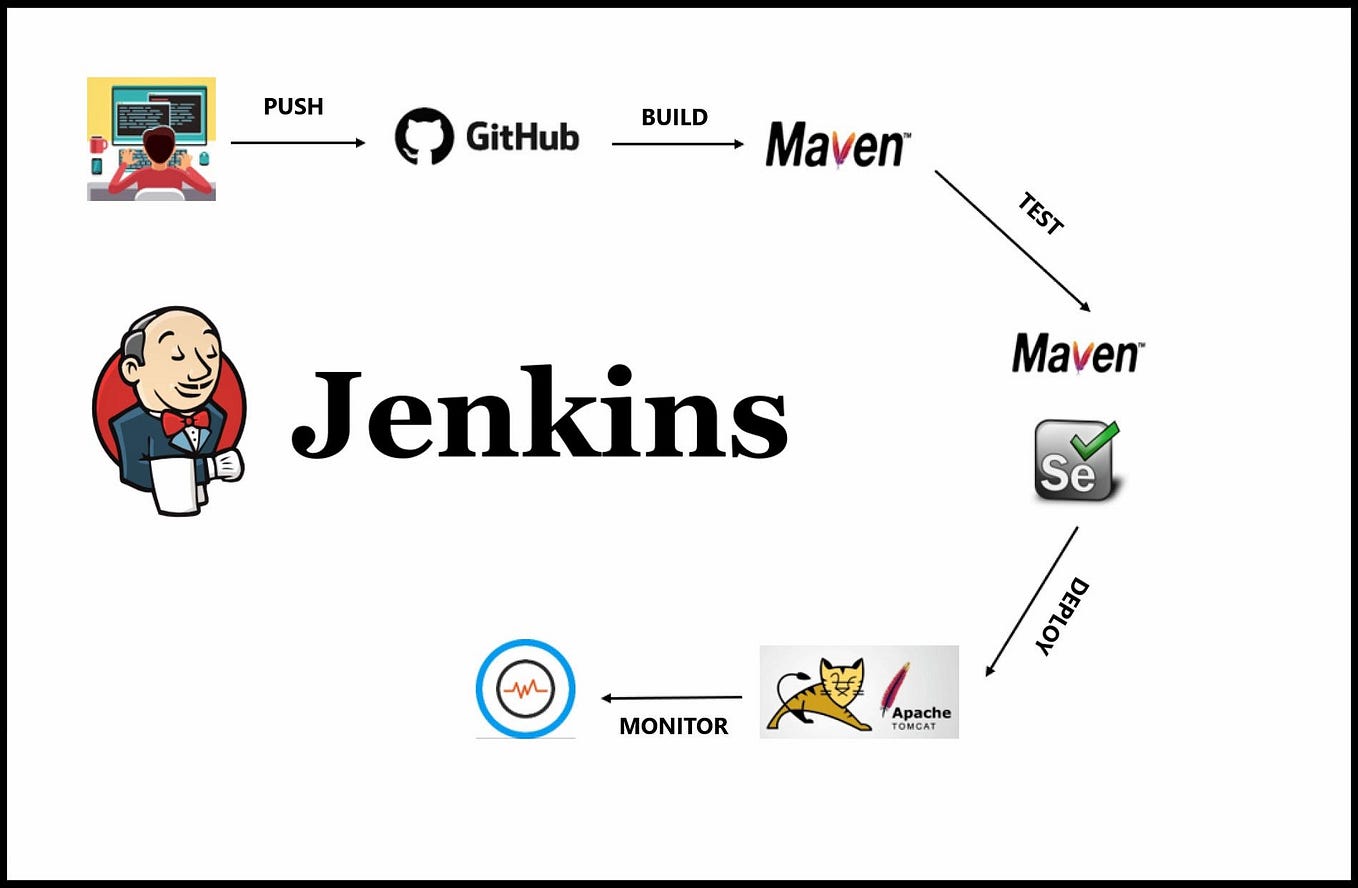In the world of modern web development and server deployment, efficiency and scalability are key factors. Docker has emerged as a game-changer in this space, allowing developers to package applications and their dependencies into containers that can run consistently across different environments. When it comes to serving web content, Nginx, a popular web server and reverse proxy server, is often the go-to choice. In this article, we’ll explore best practices for streamlining web server deployment using Nginx on Docker Hub.
Why Use Nginx and Docker Together?
Before we delve into best practices, let’s quickly understand why Nginx and Docker make a powerful combination for web server deployment:
- Isolation: Docker containers encapsulate your application and its dependencies, ensuring consistent behavior across various environments. This isolation minimizes conflicts and simplifies the deployment process.
- Scalability: Docker’s scalability features, such as Docker Compose and Swarm, enable you to effortlessly scale your Nginx-based web server horizontally to meet increased demand.
- Portability: Docker containers can be easily moved between development, testing, and production environments. This portability simplifies the deployment pipeline.
Now, let’s get into the best practices for streamlining web server deployment with Nginx on Docker Hub.
Best Practices
1. Use Official Nginx Images
When building your Nginx container, start with the official Nginx images available on Docker Hub. These images are well-maintained, secure, and regularly updated. Pulling from official sources ensures that you have a stable foundation for your deployment.
Docker Hub Official Nginx Image: nginx
2. Create a Custom Nginx Configuration
Most web server deployments require custom configuration to suit specific needs. Create a custom Nginx configuration file tailored to your application requirements. You can then mount this configuration into your Nginx container using a Docker volume.
Here’s how you can do it in a docker-compose.yml file:
services:
nginx:
image: nginx
volumes:
- /path/to/your/nginx.conf:/etc/nginx/nginx.conf
# ...
3. Use Reverse Proxy for Multiple Services
If you’re running multiple services behind Nginx, use it as a reverse proxy. This approach simplifies routing and load balancing. For example, you can route incoming requests to different containers or services based on subdomains or paths.
Nginx Reverse Proxy Configuration: NGINX Reverse Proxy
4. Implement SSL/TLS Encryption
Security is paramount when serving web content. Configure SSL/TLS encryption for your Nginx container to ensure secure data transfer. Let’s Encrypt offers a free and automated way to obtain SSL/TLS certificates for your domains.
Let’s Encrypt: Certbot
5. Monitor and Log Your Nginx Containers
To maintain your web server’s health, set up monitoring and log aggregation. Tools like Prometheus and Grafana can help you collect metrics and create visual dashboards. For logs, consider using the ELK Stack (Elasticsearch, Logstash, Kibana) or alternatives like Fluentd and Loki.
Prometheus and Grafana: Monitoring Docker with Prometheus and Grafana
ELK Stack: Elastic Stack
Automate with Confidence: Exploring the Top Features of Microsoft Power Automate
Frequently Asked Questions (FAQs)
Q1: What is the difference between Docker and Docker Compose?
A: Docker is a platform for developing, shipping, and running applications in containers, while Docker Compose is a tool for defining and running multi-container Docker applications. Compose simplifies managing multiple containers and their dependencies, making it easier to define and run complex applications.
Q2: How can I scale Nginx containers using Docker Swarm?
A: Docker Swarm is Docker’s native orchestration tool for managing multi-container applications. You can scale Nginx containers by using docker service scale. For example: docker service scale my-nginx-service=3 would scale the my-nginx-service to three replicas.
Q3: Is Docker suitable for production use?
A: Yes, Docker is suitable for production use when properly configured and managed. However, it’s essential to consider factors like security, orchestration, monitoring, and backup strategies to ensure a reliable production deployment.
Q4: Can I use Nginx with other web servers like Apache?
A: Yes, you can use Nginx as a reverse proxy in front of other web servers like Apache to improve performance, load balancing, and SSL/TLS termination. This setup is commonly referred to as a “reverse proxy” configuration.
In conclusion, leveraging Nginx on Docker Hub can greatly simplify web server deployment, enhance scalability, and improve security. By following best practices and staying informed about the latest developments in the Docker and Nginx ecosystems, you can ensure a streamlined and efficient web server deployment process for your applications. Happy deploying!












